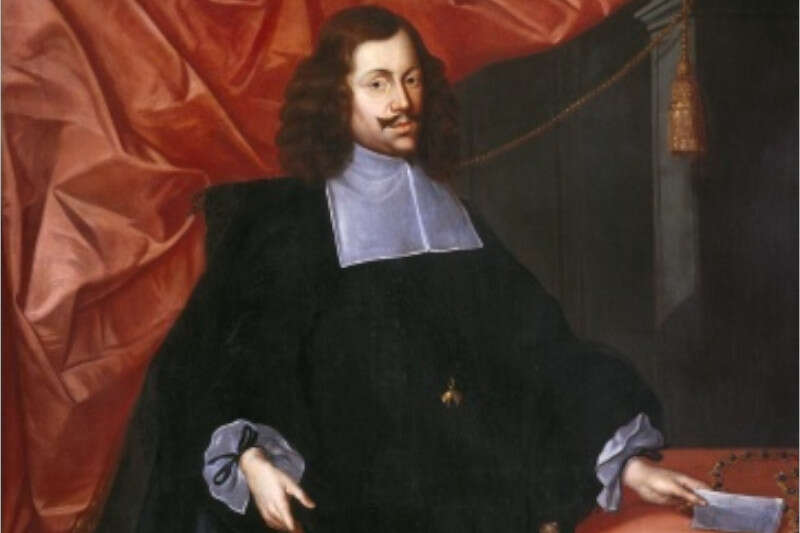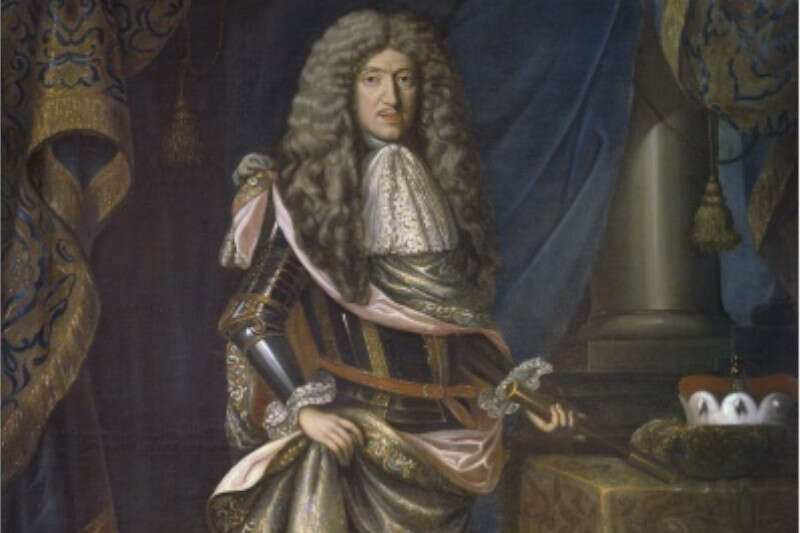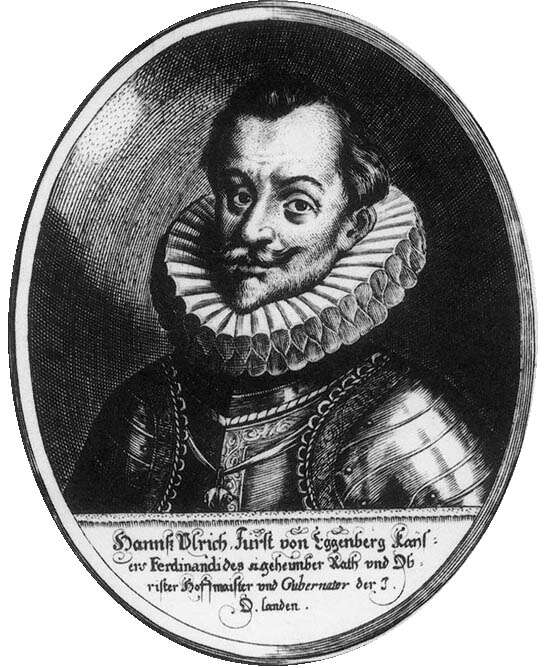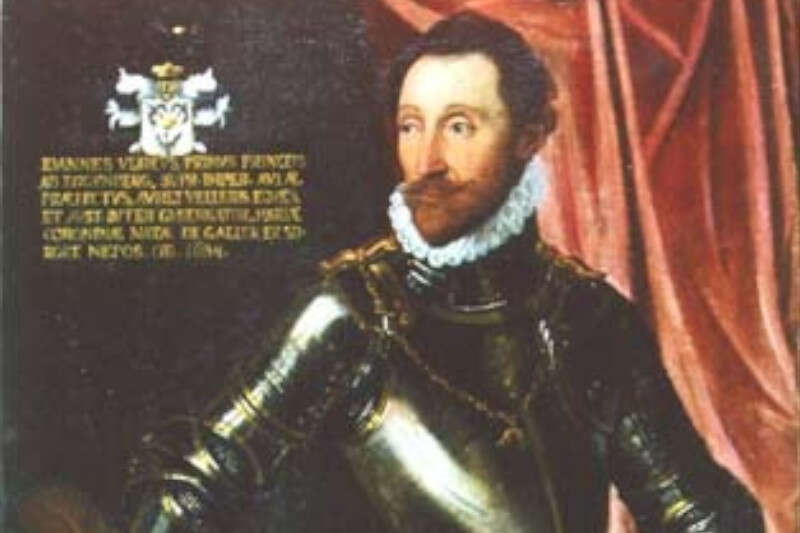Eggenbergs
The family of Eggenberg was one of the most important noble families in the Austrian and Czech lands. They came to Bohemia from Styria during the 30 year war in the 17th century. After all, the Eggenbergs not only ruled Český Krumlov and the whole of its huge estate.
One of the few aristocratic families that settled in the territory of the Bohemian kingdom. They could boast the title of prince (before them it was only the Liechtensteins and Albrecht of Wallenstein). They were elevated to the position of imperial princes in 1623, and the so-called Grand Palatinate, which included the right to mint coins, was awarded to them in 1625.
He was given the Krumlov castle
The most important figure of the Eggenberg family was Jan Oldřich of Eggenberk (1568-1634). He had great influence on his sovereign, and was nicknamed ‘the unlimited master of the Emperor's will’. He was a key figure in the suppression of the Czech Estates rebellion and following catholicization of Czech lands. Emperor Ferdinand II. gave Jan Oldřich of Eggenberg the Český Krumlov castle in exchange for his services and financial support in 1622.
In 1638, his son Jan Antonín I. of Eggenberk went on a diplomatic mission to Vatican, where he informed Pope Urban VIII. of the new Roman Emperor's election. He had the so-called golden carriage built for this voyage, which is currently on display at Český Krumlov Castle. He proved to be a well-educated, worldly, and linguistically gifted guy. Which is why he entered European politics, following in his father's footsteps.
Brothers fought over property
The two sons of Jan Antonín I. were Jan Kristián and Jan Seyfried. All the drama started when Jan Antonín I. unexpectedly passed away. He didn't leave a will stating how his inheritance would be distributed. The brothers had a long-running property dispute, which was only partially resolved in 1665 with the help of a diplomat. They agreed to divide property and family equally between two branches. The older Krumlov branch, led by Jan Kristián, and the younger Styrian branch, ruled by Jan Seyfried.
The one with true love but no children
The older son, Jan Kristián with his wife Marie Arnoštka moved to the Krumlov castle and had the castle rebuilt in Baroque style. Art, music, theater, painting and architecture flourished at his court. Though they didn't have any children, the marriage was a happy one and the couple understood each other very well. Their common interest was above all a love of art and their harmonious union was compared by contemporaries to ‘love between angels’. Prince Jan Kristián struggled with governmental corruption in the early years of his rule in Krumlov, but he proved to be a decent steward.
The one with financial issues
After the division of the family, Jan Seyfried took over the administration of the property in Styria at Eggenberg Castle. During his reign, there were 600 ceiling paintings completed in only 7 years. He also contributed to the construction of Eggenberg Castle's first Baroque castle garden. Despite his reputation as a wealthy patron of the arts and a nobleman close to the imperial court, Jan Seyfried struggled financially.
Jan Seyfried, unlike his elder brother, was a poor steward, bringing the estate to the brink of bankruptcy with his spending over a 50-year period. He was forced to sell off the family property, and his only financial safety net was his connections with the Emperor himself. Only the death of his brother Jan Kristián brought an end to his financial distress.
The end of the Eggenbergs
The Styrian line of the family died out around the start of the 18th century. They had to give the entire Eggenberg estate to their closest relatives, the Schwarzenbergs.The Eggenberg family completely disappeared in 1774.










